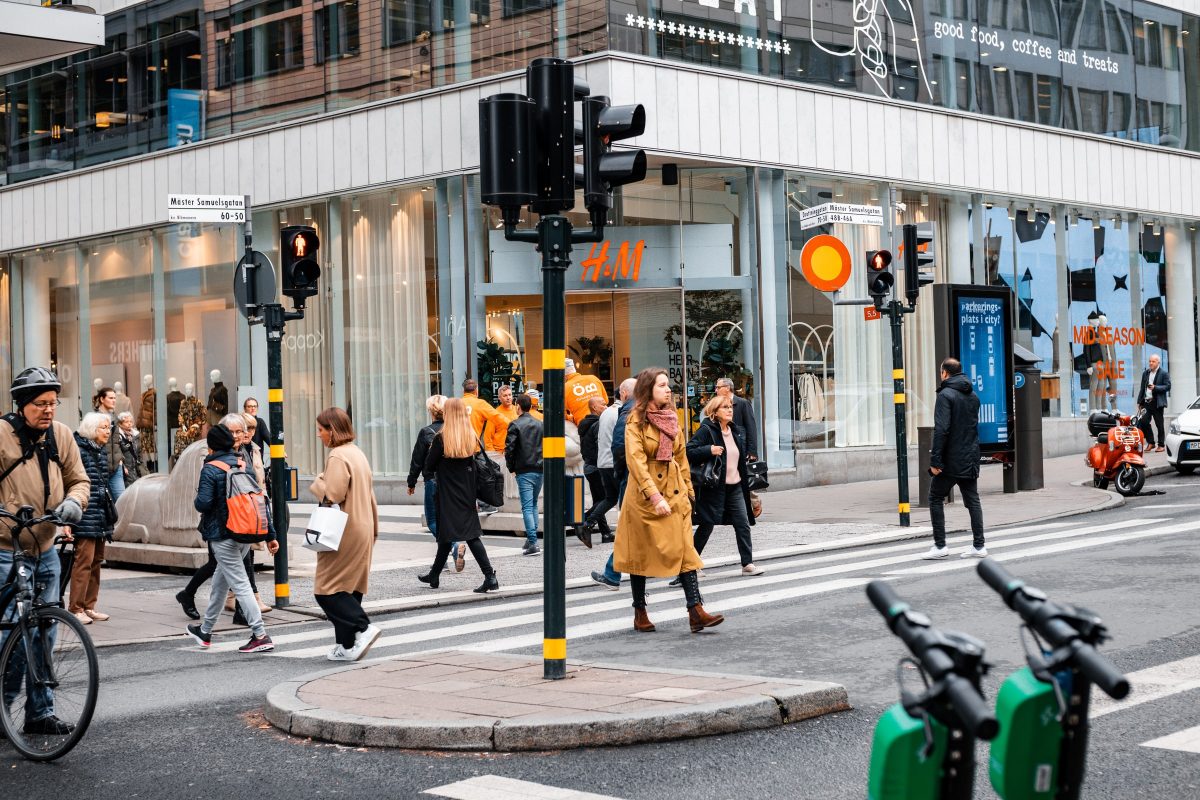There and elsewhere, traffic fines are higher if you’re rich. And that’s fair.
A traffic fine that’s meaningless to a multi-millionaire can be crippling to someone living on the edge. Along with processing fees and penalties for late payment, a single fine can drive families into bankruptcy. The National Center for Victims of Crime estimated in 2011 that Americans owed more than $50 billion to the criminal justice system. The Washington Post estimated in 2018 that more than 7 million Americans may have lost their driver’s licenses because of unpaid court or administrative debt.
The solution is obvious: Calibrate fines to violators’ ability to pay. That’s the conclusion of an article by Jean-Pierre Dubé, a marketing professor at the University of Chicago’s Booth School of Business, in the spring issue of the Chicago Booth Review.
“Charging everyone the same fine is regressive,” Dubé writes. “Personalized fines can be low enough for people to pay them but high enough to become deterrents even for more affluent citizens.”
The Swiss canton of St. Gallen made headlines in 2010 when its court handed down a fine of 299,000 Swiss francs (then about $290,000) to a man who had driven his Ferrari Testarossa at up to 137 kilometers per hour (about 85 mph) on roads posted at 80 kilometers per hour. He could afford it: His villa had a garage with five luxury cars. Finland is another country that bases fines on income, according to Dubé.
Strapped governments aren’t just trying to discourage violations; they’re trying to raise money. Putting on his marketing hat, Dubé says governments could make more money by setting fines by ability to pay, just as movie theaters vary ticket prices by age. He says he’s working with a company, Servus, that uses artificial intelligence to create payment options for individuals. “Its goal is to help collect as much as possible for a city, health-care facility, or utility while keeping payments manageable,” he writes. “We need one city to sign off on this idea, and the research could begin.”




